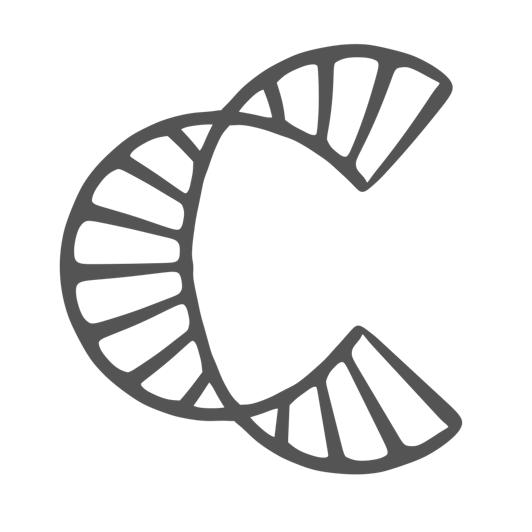Library Amplification
This section describes how to amplify a phage display library while minimizing the danger of substantially reducing its diversity. The amplification of phage display libraries is typically done between selection rounds in a biopanning (affinity selection) protocol, or to create fresh clones after the library has been stored for a prolonged period of time. Amplification is accomplished by infecting fresh E. coli cells with a portion of the library, growing the infected cells in large cultures and isolating the phage secreted by the infected cells into the medium. The key to maintaining diversity is to ensure that the number of infected cells (before the cells have had a chance to replicate) is much larger than the number of clones in the primary library. Note: This protocol should not be used to amplify a primary (naive) phage display library.
This protocol is based on and modified from the The Laboratory of George P. Smith at the University of Missouri. The protocols were previously hosted by http://www.biosci.missouri.edu/smithgp/
Reagents
Note: This protocol describes the amplification of filamentous phage based on the Fd-tet vector (tetracycline resistant) and uses K91BluKan E. coli cells (kanamycin resistant) that are cultured in NZY medium. The protocol can be modified to accommodate other phage variants and E. coli strains taking into account their optimal medium and antibiotic resistance.
- Terrific broth
- E. coli (K91BluKan)
- Kanamycin
- Tetracycline
- NZY medium
- NZY agar
Protocol
1. Inoculate two 1 L culture flasks, each containing 100 mL terrific broth, with 1 mL each of an overnight culture of E. coli grown in NZY medium with 100 µg/mL kanamycin. Incubate the culture at 37ºC and 250 rpm shaking until the OD600 of a 1/10 dilution reaches ~0.2 (late log phase). This will take approximately 2 h.
2. Slow the shaking down to 50 rpm for 5 min to allow sheared F pili to regenerate.
3. Into each flask, add approximately 10^12 virions (~5×10^10 transducing units; TU) of the library to be amplified. The final concentration of physical particles will be approximately 10^10 virions/mL and is roughly comparable to the concentration of viable host cells. Continue slow shaking at 50 rpm for 15 min.
4. Transfer the two cultures into two pre-warmed 3 L culture flask containing 1 L of NZY medium with 100 µg/mL kanamycin and 0.22 µg/mL tetracycline and incubate the culture at 37º C and 250 rpm shaking for 35 min.
i. If amplifying a phage library with a different antibiotic resistance, use a 0.01X antibiotic concentration at this step.
5. Following the 35 min incubation, add additional tetracycline to a final concentration of 18 µg/mL.
i. If amplifying a phage library with a different antibiotic resistance, use a 0.9X antibiotic concentration at this step.
6. Collect a 7 µL sample from each flask for the dilutions (steps 7-8), then incubate the flasks at 37º C and 250 rpm shaking overnight (continue at step 9).
7. Dilutions: Spread 200 µL of 10^4 and 10^5 serial dilutions of the two 7 µL samples from the previous step using NZY medium as the diluent onto NZY agar plates containing 100 µg/mL kanamycin and 20 µg/mL tetracycline. Incubate the plates overnight at 37º C.
8. Count the colonies the next day. A colony count of ~100 for the 10^5 serial dilution indicates ~5 × 1010 infected cells per 1 L culture (typical infectivity for fd-tet phage is ~5% of the input viral particles). The total of 1011 infected cells in both 1 L cultures are enough for every phage clone in 10^9 clone initial library to be represented by 100 infected cells. This is presumably a sufficient over-representation to preserve essentially all the diversity.
9. Isolate the virions according to Large-Scale Phage Purification.
Note: To check the quality of the library, extract DNA from a 2 mL sample of the virions using a miniprep DNA plasmid purification kit such as the Qiagen Plasmid Mini Kit and sequence the degenerate insert region.
Tips & Tricks
- If the phage library fails to amplify sufficiently, the virions may be incubated with the E. coli without shaking (step 3).
- The incubation times should be strictly adhered to for proper amplification of a library that maintains high diversity with minimal changes to the frequency of individual clones.

